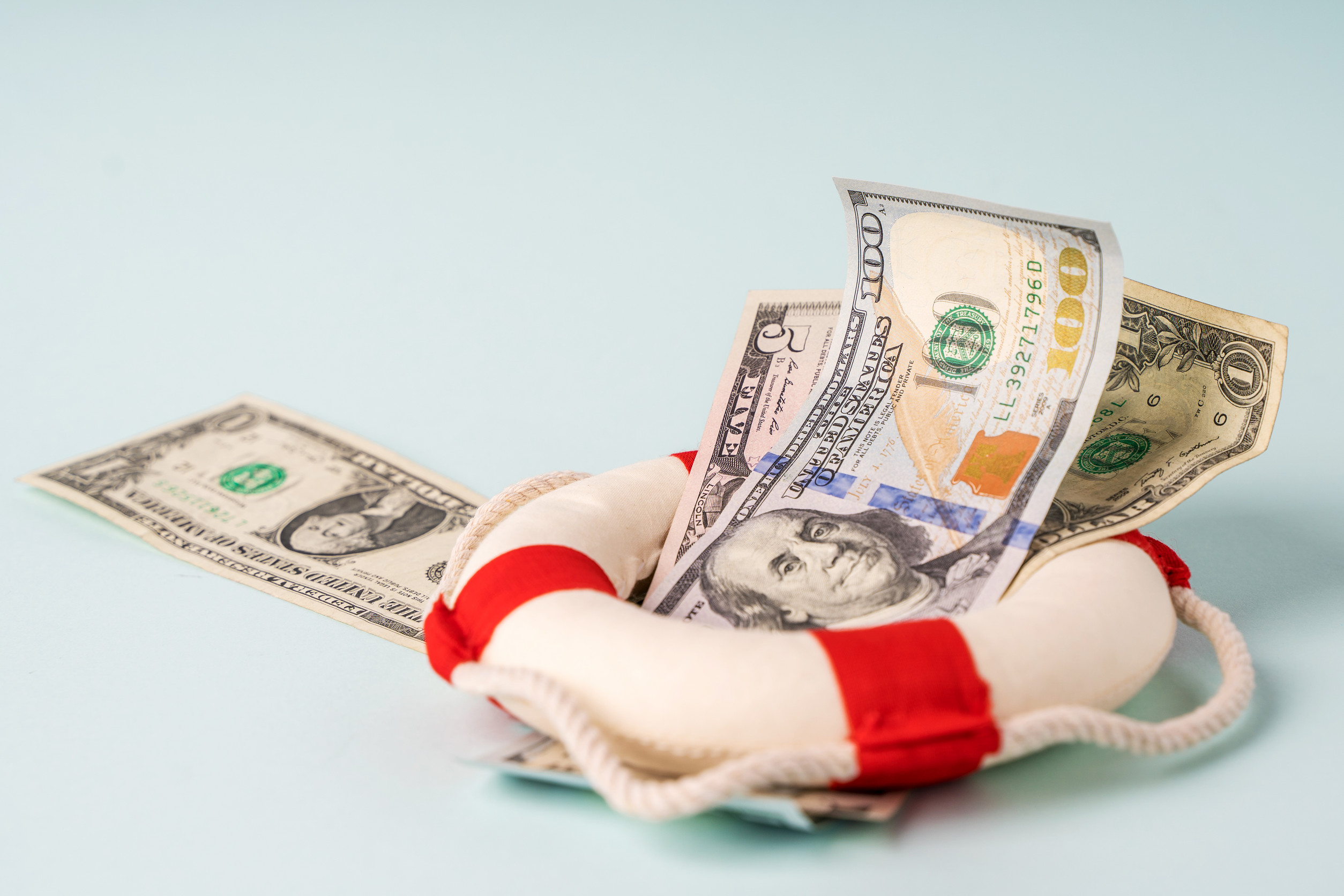Ever feel like your finances are a high-stakes game of Jenga? You’re carefully building your tower, block by block, when suddenly one wrong pull sends the whole thing tumbling down. In the world of lending, that wobbly block is often a specific borrowing behavior, a tiny crack in the foundation that can lead to a massive collapse into default. It’s not just about the amount of debt; it’s about the patterns, the habits, the financial fingerprints that scream “danger ahead!”
Get ready to dive into the ten borrowing patterns that are practically neon signs pointing toward a loan default surge.
1. The Debt Stacking Domino Effect
This pattern is like playing a dangerous game, using one loan to pay another. Borrowers take on new, often high-interest debt simply to meet the minimum payments on existing obligations.
Each new loan adds another layer of financial pressure, increasing the total monthly outflow without improving their actual solvency. The structure becomes incredibly fragile, and the entire stack can collapse from a single missed payment or unexpected expense. This domino effect is a classic precursor to a wave of defaults across multiple accounts.
2. The Payment-to-Income Pinch
When the monthly debt servicing cost starts to devour an unsustainable portion of a borrower’s income, the pinch becomes a chokehold. This pattern emerges when total monthly loan payments creep above a critical threshold of a person’s take-home pay. There’s simply no breathing room left for basic living expenses, let alone any financial surprises like a car repair or medical bill. Every single month becomes a high-wire act with no safety net underneath. Default is almost inevitable as the math simply stops working in the borrower’s favor.
3. The Credit Card Carousel
This is the habit of constantly rotating debt from one high-interest credit card to another, often chasing introductory zero-percent offers. While it can be a short-term strategy, it becomes a dangerous pattern when used not to pay down debt but to avoid it. Borrowers stuck on this carousel never actually reduce their principal balance; they just keep moving it around. They often fail to read the fine print, getting caught with massive deferred interest charges or higher rates once the promotional period ends. This cycle of kicking the can down the road eventually leads to a dead end.
4. The Predatory Loan Spiral
Vulnerable borrowers, often desperate for cash, fall into the trap of repeatedly using payday loans, title loans, or other high-cost, short-term lending products. The exorbitant fees and astronomical annual percentage rates associated with these loans make them nearly impossible to repay on time. This forces the borrower to take out another loan to cover the first, sinking them deeper into a hole with each transaction. This pattern creates an inescapable vortex of debt that consumes future paychecks before they are even earned. Defaulting on these loans can lead to devastating consequences like asset repossession or harassing collections calls.
5. The Co-Sign Conundrum
A well-intentioned act of signing for a friend or family member’s loan can quickly become a major default risk. The primary borrower’s failure to pay does not just damage their own credit; it immediately transfers the full financial burden to the co-signer. Many co-signers lack the capacity to take on the sudden, full monthly payment, leading to a surprise default on their otherwise clean record. This pattern is particularly pernicious because it often catches the financially responsible party completely off guard. It turns a helping hand into a anchor dragging both parties into financial distress.
6. The Balloon Payment Blindside
Some loans are structured with deceptively low monthly payments that mask a massive, one-time “balloon” payment due at the end of the term. Borrowers who fail to plan for this large lump sum often find themselves completely unable to pay when it comes due. This pattern is common in certain auto loans and mortgages, tempting borrowers with affordability they cannot sustain long-term. When the music stops, these borrowers are left without a chair and no way to refinance the large sum. The result is a predictable surge in defaults at the maturity of these loan terms.
7. The Income Illusion Vanishing Act
This pattern occurs when a borrower qualifies for a loan based on an income source that is temporary, seasonal, or commission-based and not guaranteed to continue. They get used to a certain level of cash flow that suddenly disappears, leaving them with debt payments they can no longer afford.
This is a common issue for freelancers, those in sales, or anyone who received a one-time bonus used to secure financing. The foundation of their repayment plan was built on sand, and it washes away with the first change in financial tides. Lenders see a surge in defaults from these borrowers when the economy shifts or an industry slows down.
8. The Emergency Fund Void
Life is famously unpredictable, yet many borrowers operate without any financial cushion whatsoever. This pattern isn’t about a specific type of loan but a critical behavioral flaw: borrowing to the absolute limit of one’s means. When an inevitable emergency occurs—a job loss, a medical issue, a broken appliance—there is zero cash available to address it. The only option is to miss a loan payment, triggering fees and potentially higher interest rates that compound the problem. This lack of a safety net is a silent partner in a huge percentage of loan defaults.
9. The Loan-to-Live Lifestyle
This is a sustained pattern of using debt not for large, one-time investments like a house or education, but to fund everyday living expenses. Borrowers use credit cards or personal loans to cover groceries, utilities, and gas because their income is insufficient to cover their basic cost of living. This is a clear sign of a fundamental budget deficit that debt cannot solve long-term.
The debt accumulates rapidly with no appreciating asset to show for it, making repayment mathematically impossible over time. This pattern is a slow-motion financial crash that always ends in default.
10. The Strategic Default Calculation
Sometimes, default is not a result of inability to pay, but a conscious decision to stop paying. This occurs when the value of an asset, like a house, plummets far below the outstanding mortgage balance. The borrower makes a cold calculation that continuing to pour money into an underwater asset is a bad financial investment.
While this has significant credit consequences, the pattern of strategic default can become contagious in a falling market. These calculated decisions can contribute significantly to a surge in defaults during a major economic downturn or housing crisis.
Navigating the Borrowing Minefield
Understanding these ten patterns provides a powerful lens for viewing personal risk and broader economic trends. Each pattern represents a crack in the foundation of responsible finance, whether on an individual or systemic level. Recognizing them early is the key to preventing a stumble from turning into a full-blown financial collapse. Lenders use this data to model risk, but borrowers can use it to conduct a crucial audit of their own habits. The goal is to build a financial structure that is resilient, sustainable, and capable of weathering life’s inevitable surprises.
Leave a comment below with your thoughts, questions, or your own tips for staying on solid financial ground. Let’s learn from each other and build stronger financial futures together.
You May Also Like…
8 Borrowing Practices That Regulators Are Now Investigating
10 Loan Programs That Enrich Banks While Borrowers Struggle
Why Loan Sharks Are Quietly Returning in Digital Form
5 Warning Signs a Loan Request Is Actually a Scam
7 Borrowing Schemes That Quietly End in Court Battles


